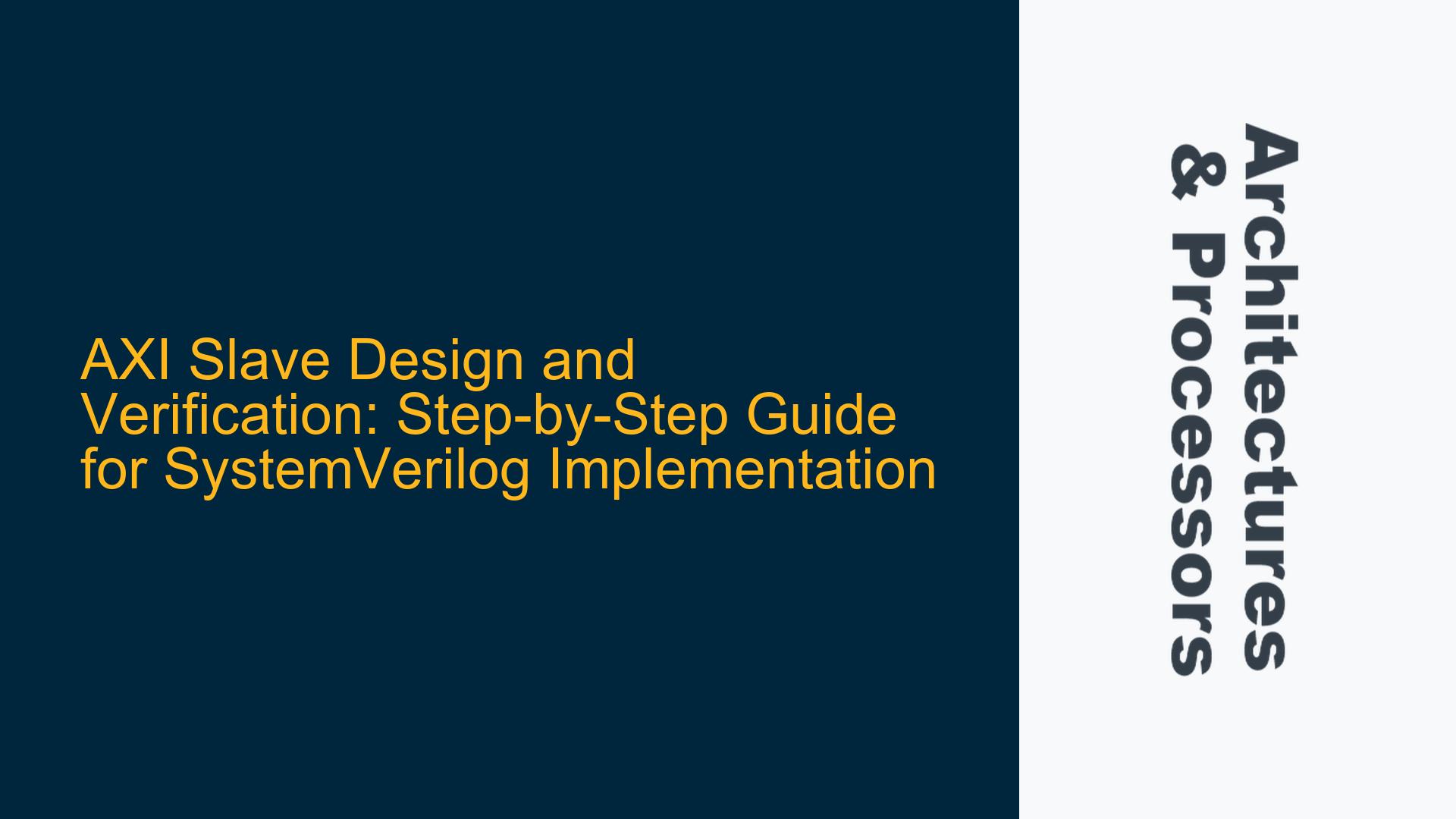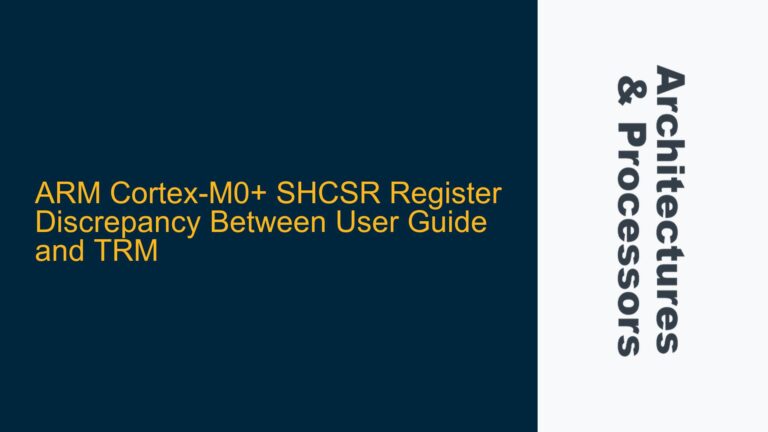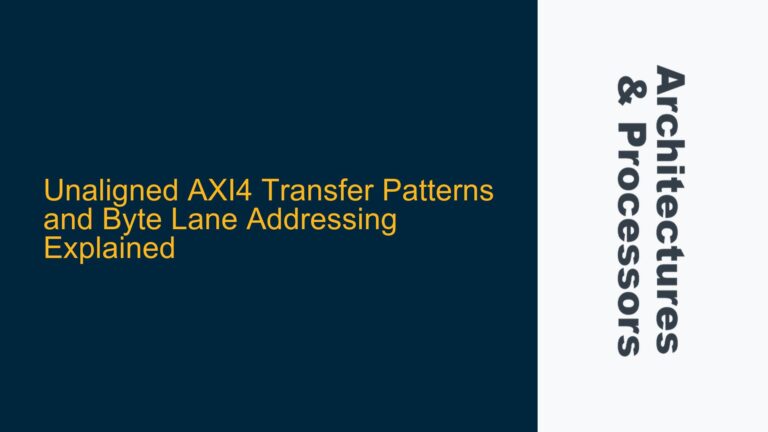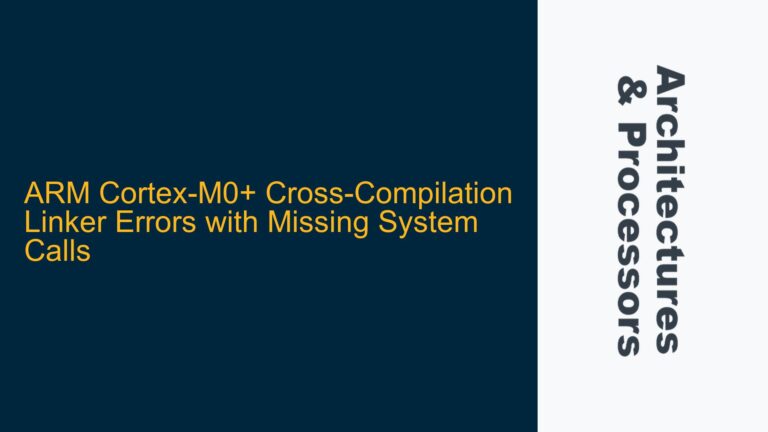AXI Slave Design Fundamentals and Protocol Compliance
Designing an AXI (Advanced eXtensible Interface) slave involves understanding the AXI protocol specifications and translating them into a functional hardware description language (HDL) implementation. The AXI protocol, part of the AMBA (Advanced Microcontroller Bus Architecture) family, is widely used in ARM-based systems for high-performance, high-frequency communication between master and slave devices. The AXI protocol supports multiple outstanding transactions, out-of-order completion, and burst transfers, making it a robust but complex interface to implement.
The AXI protocol defines five independent channels: Read Address (AR), Read Data (R), Write Address (AW), Write Data (W), and Write Response (B). Each channel operates independently, allowing for concurrent read and write operations. The slave device must handle these channels correctly, ensuring compliance with the AXI protocol rules. For example, the slave must respond to read and write requests with the appropriate handshake signals (VALID and READY) and generate the correct response signals (OKAY, EXOKAY, SLVERR, or DECERR).
When designing an AXI slave in SystemVerilog, the first step is to define the interface signals according to the AXI specification. This includes the address, data, and control signals for each channel. The slave must also implement the necessary logic to decode incoming transactions, manage data transfers, and generate responses. For instance, if the slave receives a read request, it must fetch the requested data from its internal memory or registers and send it back on the Read Data channel. Similarly, for write requests, the slave must store the incoming data and acknowledge the transaction on the Write Response channel.
A critical aspect of AXI slave design is handling burst transfers. Burst transfers allow a master to read or write multiple data items in a single transaction, reducing the overhead of address and control signaling. The slave must support the burst types specified in the AXI protocol, such as fixed, incrementing, and wrapping bursts. For example, in an incrementing burst, the address increases for each data transfer, while in a wrapping burst, the address wraps around within a defined boundary.
Common Pitfalls in AXI Slave Implementation and Verification
One of the most common pitfalls in AXI slave design is improper handling of the handshake signals. The AXI protocol requires that the VALID signal from the master or slave must not depend on the READY signal from the other party. This ensures that neither party stalls indefinitely due to a deadlock condition. For example, if a slave asserts VALID on the Read Data channel but does not receive READY from the master, it must hold the data and VALID signal until the master is ready to accept it.
Another common issue is incorrect response generation. The AXI protocol defines four response types: OKAY (successful transaction), EXOKAY (exclusive access successful), SLVERR (slave error), and DECERR (decode error). The slave must generate the appropriate response based on the transaction outcome. For instance, if a master attempts to access an invalid address, the slave should return a DECERR response. Similarly, if the slave encounters an internal error during a transaction, it should return a SLVERR response.
Timing violations are another frequent problem in AXI slave implementations. The AXI protocol specifies setup and hold times for signals, and the slave must ensure that these timing requirements are met. For example, the address and control signals on the Read Address channel must remain stable until the master receives the corresponding READY signal from the slave. Failure to meet these timing requirements can lead to metastability and data corruption.
Verification of the AXI slave is equally challenging, as it requires comprehensive testing of all possible transaction types and error conditions. A common mistake is insufficient coverage of corner cases, such as back-to-back transactions, out-of-order completions, and boundary conditions for burst transfers. For example, a slave that handles single transfers correctly may fail when dealing with back-to-back burst transfers due to insufficient buffering or incorrect address calculation.
Comprehensive Verification Strategy for AXI Slave Designs
To ensure the correctness and robustness of an AXI slave design, a systematic verification strategy must be employed. This strategy should include both functional and performance testing, covering all aspects of the AXI protocol and the specific functionality of the slave.
Functional Verification
Functional verification involves testing the slave’s compliance with the AXI protocol and its intended functionality. This includes testing all supported transaction types, such as single transfers, burst transfers, and exclusive accesses. The verification environment should include a testbench with an AXI master VIP (Verification IP) to generate stimulus and monitor the slave’s responses.
The testbench should also include a scoreboard to compare the expected and actual responses from the slave. For example, if the master sends a read request for a specific address, the scoreboard should verify that the slave returns the correct data on the Read Data channel. Similarly, for write requests, the scoreboard should verify that the data is correctly stored in the slave’s memory or registers.
To achieve high coverage, the testbench should generate a wide range of test cases, including normal operations, error conditions, and corner cases. For example, the testbench should test the slave’s behavior when receiving invalid addresses, unsupported burst types, or back-to-back transactions. It should also test the slave’s response to error conditions, such as timeouts or internal errors.
Performance Verification
Performance verification involves testing the slave’s ability to handle high-speed and high-bandwidth transactions. This includes testing the slave’s throughput, latency, and resource utilization under various load conditions. For example, the testbench should measure the slave’s response time for read and write requests and its ability to handle multiple outstanding transactions.
Performance verification should also include stress testing, where the slave is subjected to extreme conditions, such as maximum data rates, maximum burst lengths, and maximum outstanding transactions. This helps identify performance bottlenecks and ensure that the slave can operate reliably under real-world conditions.
Debugging and Analysis
During verification, it is essential to have robust debugging and analysis tools to identify and resolve issues quickly. This includes waveform viewers to visualize the transaction flow and signal transitions, and logging tools to capture and analyze the slave’s responses. For example, if the slave returns an incorrect response, the waveform viewer can help trace the root cause by examining the transaction flow and signal timings.
In addition to debugging tools, the verification environment should include assertions to monitor the slave’s compliance with the AXI protocol. Assertions are formal checks that verify specific properties of the design, such as the correct handshake sequence on the AXI channels or the proper generation of response signals. For example, an assertion can check that the slave asserts VALID on the Read Data channel only after receiving a valid read request on the Read Address channel.
Conclusion
Designing and verifying an AXI slave in SystemVerilog is a complex but rewarding task that requires a deep understanding of the AXI protocol and a systematic approach to verification. By following the steps outlined in this guide, you can ensure that your AXI slave design is compliant with the protocol, robust against errors, and capable of handling high-performance transactions. Whether you are new to AXI or an experienced designer, this guide provides the insights and techniques needed to tackle the challenges of AXI slave design and verification.






